Final Project Ideas
Below, we’ve listed out some ideas that we recommend for starting places for your final project (along with some general difficulty levels). We also recommend that you check out the following places to gain some inspiration!
- NVIDIA GPU Gems
- Recent SIGGRAPH papers are a great source for ideas. Some papers contain a few relatively simple ideas that had not been thought of before – these are great for easy implementation. Other papers build in a complex way on top of previous work. In this case, you may want to follow citations to original work from the 1990s and 2000s that may be easier for you to attempt.
- If you managed to replicate a recent SIGGRAPH paper this would be an very impressive feat (since you would be replicating the state-of-art in graphics).
- However it is always helpful to look at a few SIGGRAPH papers / presentations, they provide great insight into almost any topics in graphics.
- If you have a specific rendering effect from the world in mind, there’s probably a paper about implementing it!
- Raytracing Gems
- Some of this semester’s Guest Lecture topics
- “Two Minute Papers” on YouTube
- The famous book “PBRT”: https://www.pbr-book.org/
Rendering
Here are some suggested topics if you’re interested in rendering!
Rendering Volumetric Scattering (Difficulty Level: 2.0)
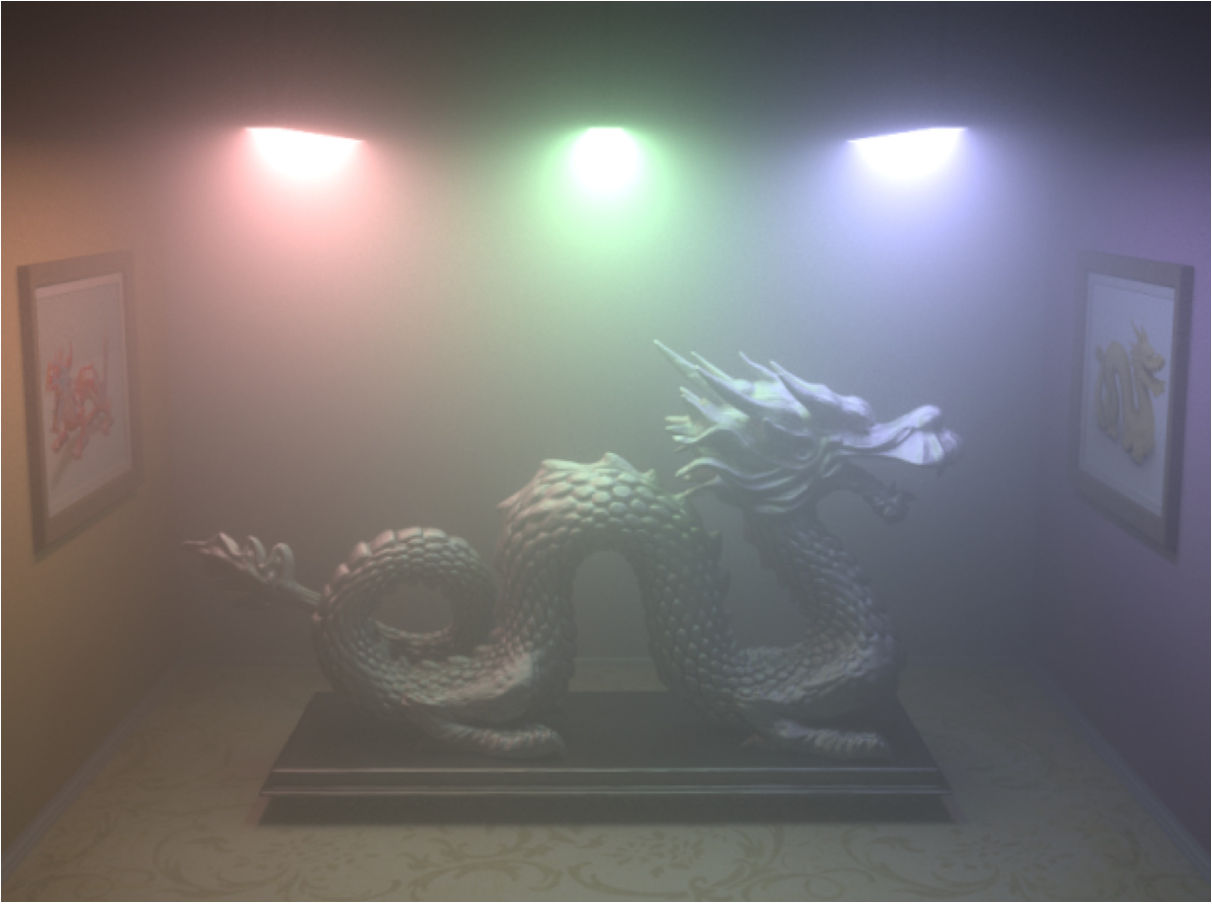
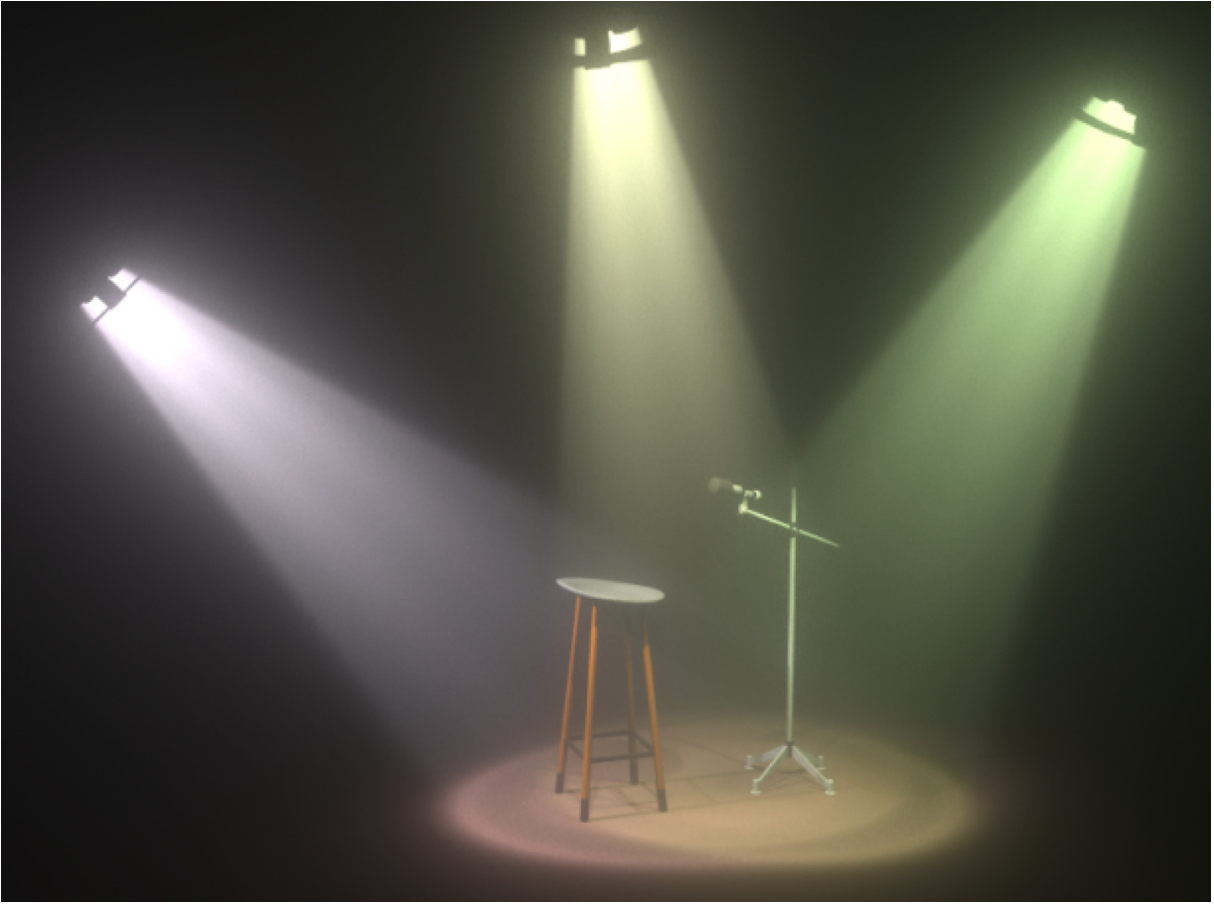
Source: Disney
In homework 3, you implemented surface rendering where it is assumed that light only scatters when it hits a surface. In this case, the rendering equation is an integral over all surfaces in the scene. However, this surface rendering technique is not able to render some cool volumetric scattering effects like the fog shown above.
To model volumetric scattering, you need to compute an integral over all volumes and all surfaces in the scene. You can do this by modifying your path tracer. The main difference is that a ray may get scattered before it hits any surface in volume. You may find the following resources useful for the project.
This chapter of Wojciech Jarosz’s thesis introduces some basic concepts about volumetric scattering. This paper by Lafortune and Willems has implementation details. You can skip section 4 of the paper for a simple path tracing implementation.
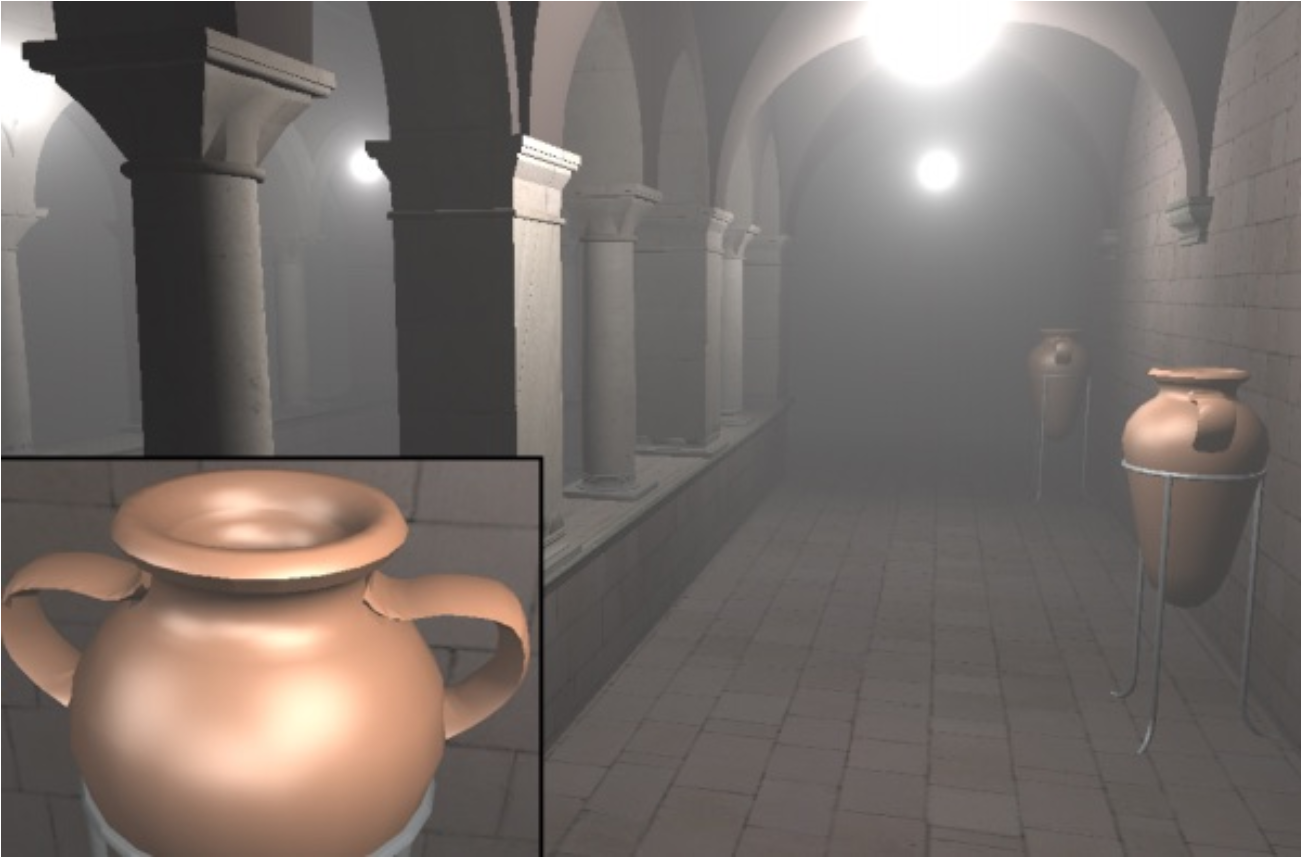
This paper offers a physically based approach to rendering fast and efficient atmospheric scattering effects in real time for isotropic point lights.
Progressive Photon Mapping (Difficulty Level: 2.5)
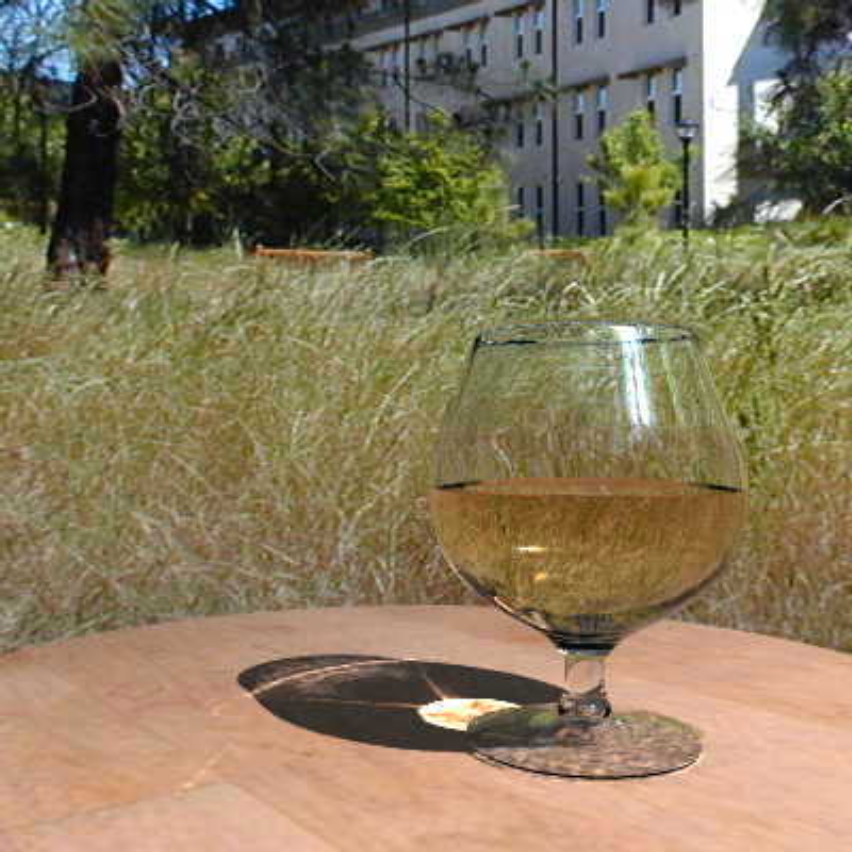
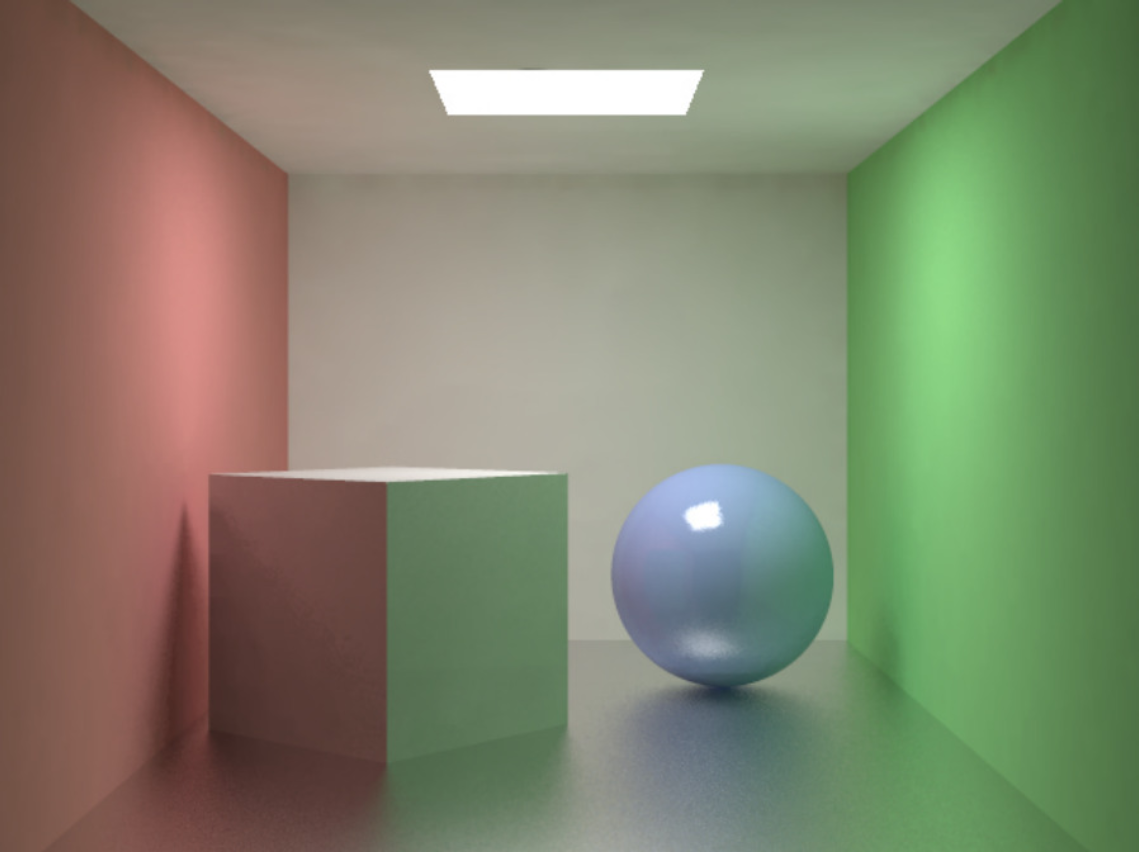
To implement/improve caustics rendering, you can implement a technique called photon mapping. Photon mapping is more efficient on caustics because it allows path samples to be shared across pixels. The core part of photon mapping is a structure to lookup photons inside a sphere in the scene. Options for the structure include KD-tree and hash grid. Chapter 15.6 in PBRT is a good reference on photon mapping.
However, photon mapping is a biased method! Intuitively, it will always give you a blurred shading result, since the shading point is using the photons from its neighborhood. You need to consult this paper on progressive photon mapping to improve it.
You may want to build your own path tracer or use another framework than our course homework!
Bidirectional Path Tracing & Multiple Importance Sampling (Difficulty Level: 2.5)
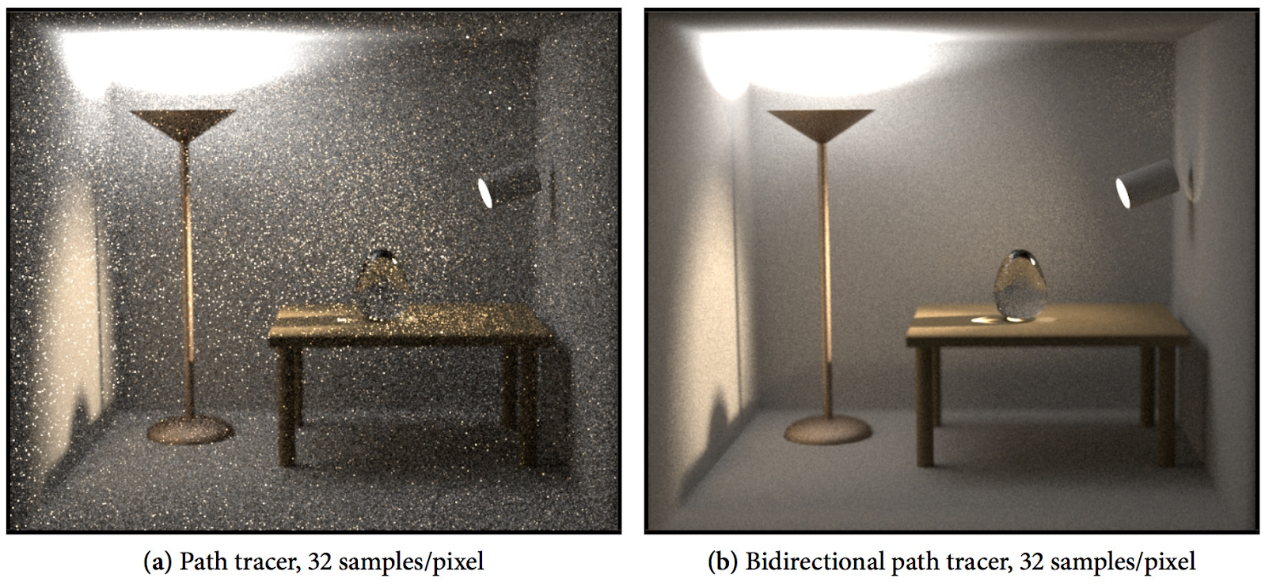
Path tracing is not almighty. When there are caustics or glossy inter-reflections, it performs poorly. To deal with that, we can implement BDPT (Bidirectional Path Tracing) by shooting half-paths from both the camera and the light, then connecting them somewhere in between. Also, remember that when the roughness of a surface is low, our renderings will tend to be quite noisy. To reduce this noise, we can use multiple importance sampling (MIS), which is also a necessary component of implementing BDPT. You may want to build your own path tracer or use another framework than our course homework!
Add texture support for our homework framework (Difficulty Level: 1.5)
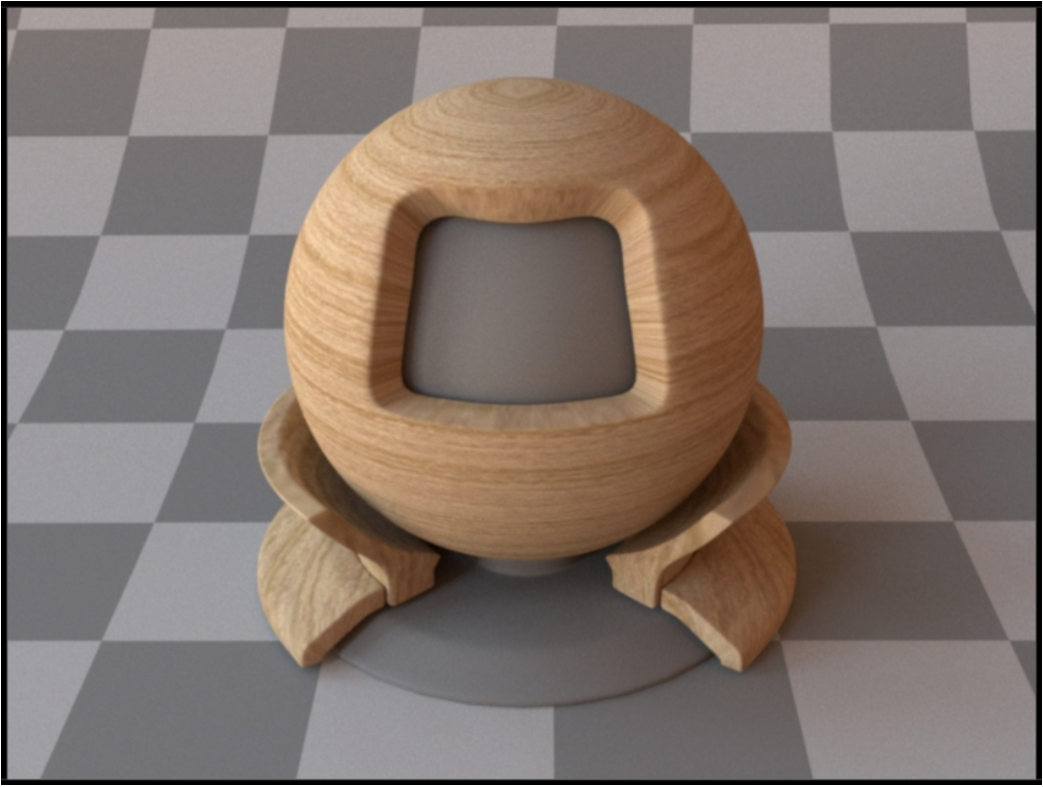
Our pathtracer homework doesn’t support textures! You can build your own pathtracer or model loader that loads in standard textured models, or you can use a creative method to project textures onto the object. Then, for example for a diffuse material, rather than the albedo being a fixed constant over the surface of the object, it can be a value dependent on the hit point and the texture map.
See these slides from Cornell for some more information.
You may want to build your own path tracer or use another framework than our course homework!
Non-Photorealistic Rendering (Difficulty Level: 1.5)
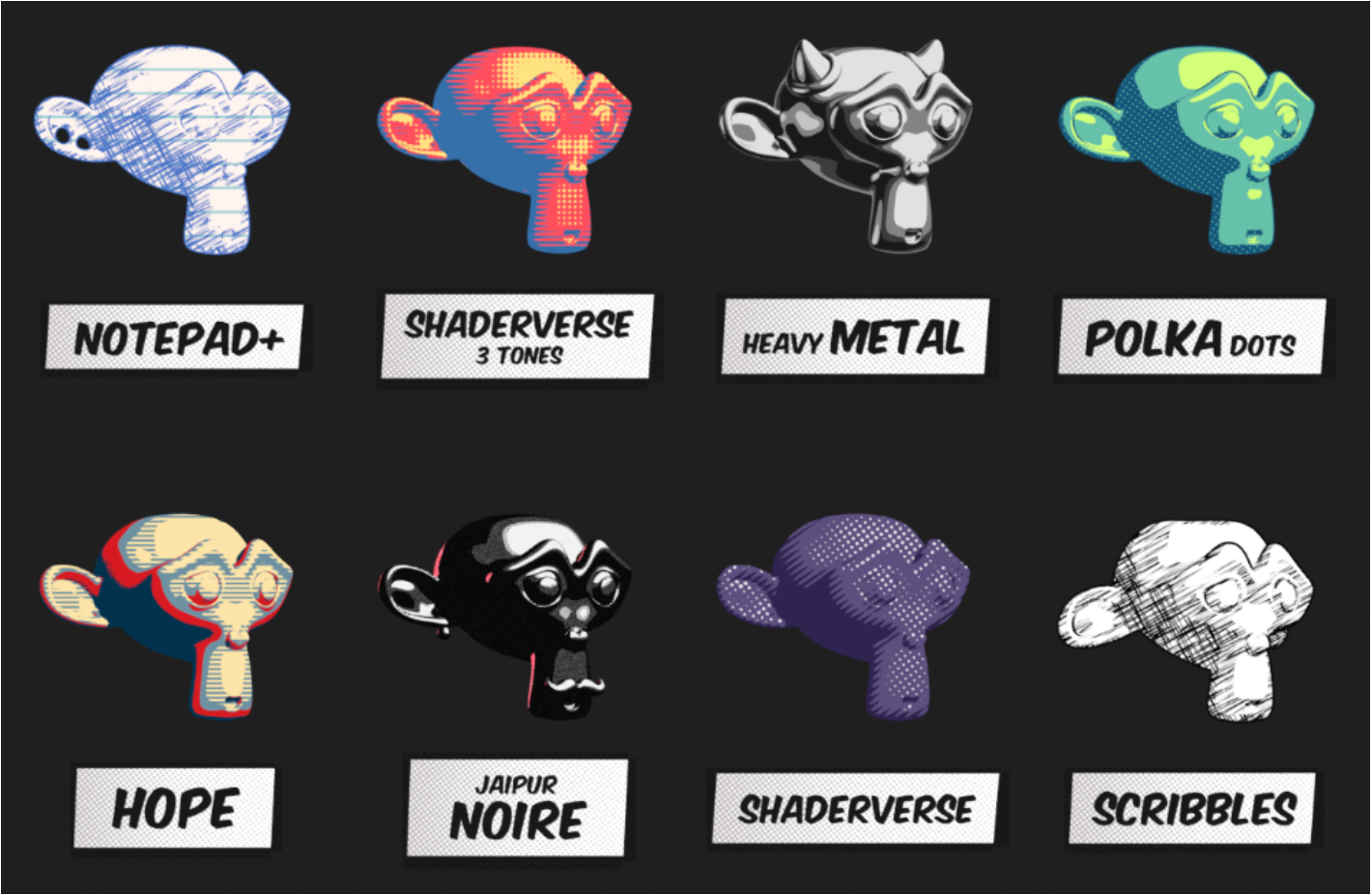
Image Source: Toon Shader Pack, Komikaze NPR, or stylistic rendering, is a technique that attempts to combine artistic flexibility with rendering techniques to achieve clarity, be it in architectural and blueprint designs, or simply greater expressive capability than can be achieved with purely-photorealistic-based-rendering (PBR). Certain topics include sketch-like, cel-shading, watercolor-esque, and more.
You may want to build your own path tracer or use another framework than our course homework!
Pathtracing Lenses and Contrast-based Autofocus (Difficulty Level: 2.0)
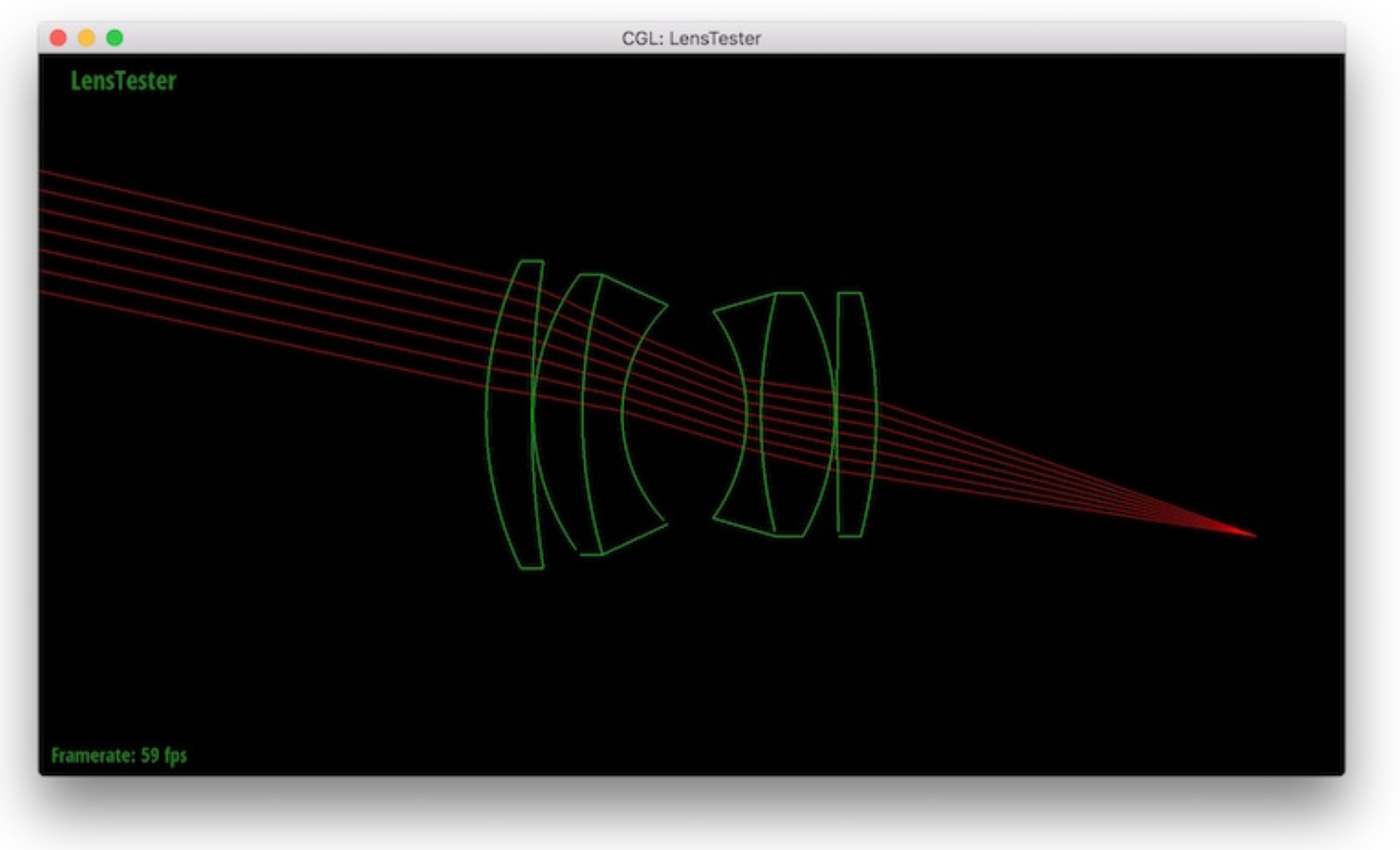
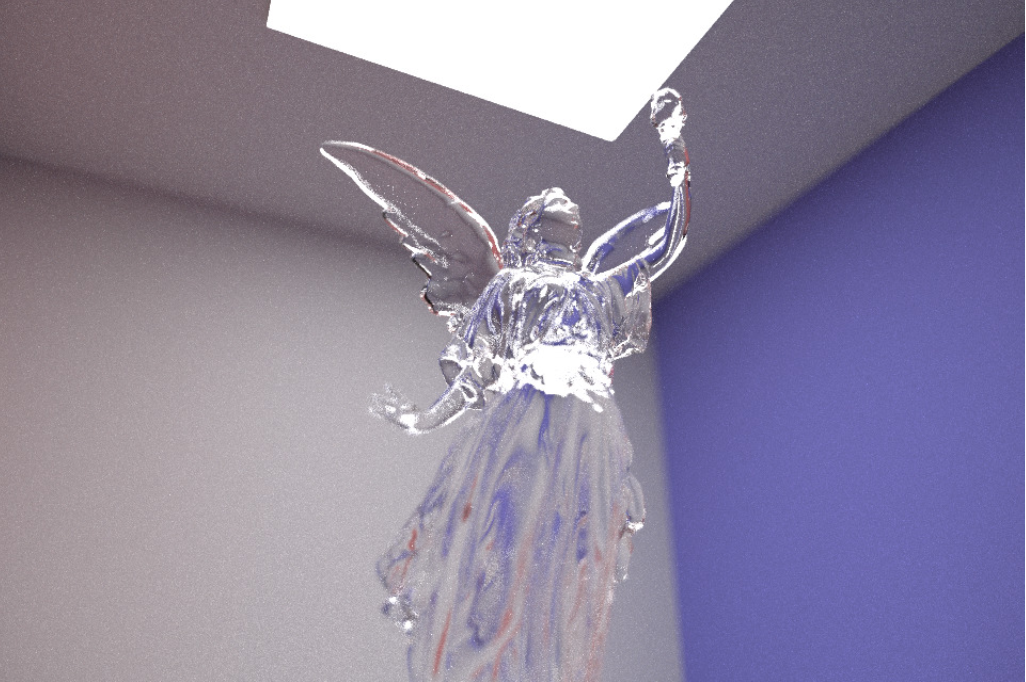
Speeding up the ray tracer (Difficulty Level: 1.0~3.0)
There are both algorithmic and filtering methods to speed up ray tracers. Some of these are amenable to GPU implementations, which would provide a dramatic speedup, perhaps bringing your pathtracer to interactive speeds!
- Ray packets to trace similar rays at the same time.
- Multidimensional Adaptive Sampling and Reconstruction for Ray Tracing to make depth of field and motion blur rendering tractable.
- GPU path-tracer
- Hardware accelerated ray tracing (DXR, RTX, OptiX)
- Radiance cache
If you decide to tackle GPU based rendering / acceleration, consider using other frameworks than our course homework. We may provide another starter set of code, or you may use Intel Embree / Nvidia OptiX / CUDA / etc.
Rendering: Material Modeling
Here are some suggested topics if you’re interested in material modeling!
Subsurface Scattering (Difficulty Level: 2.0)
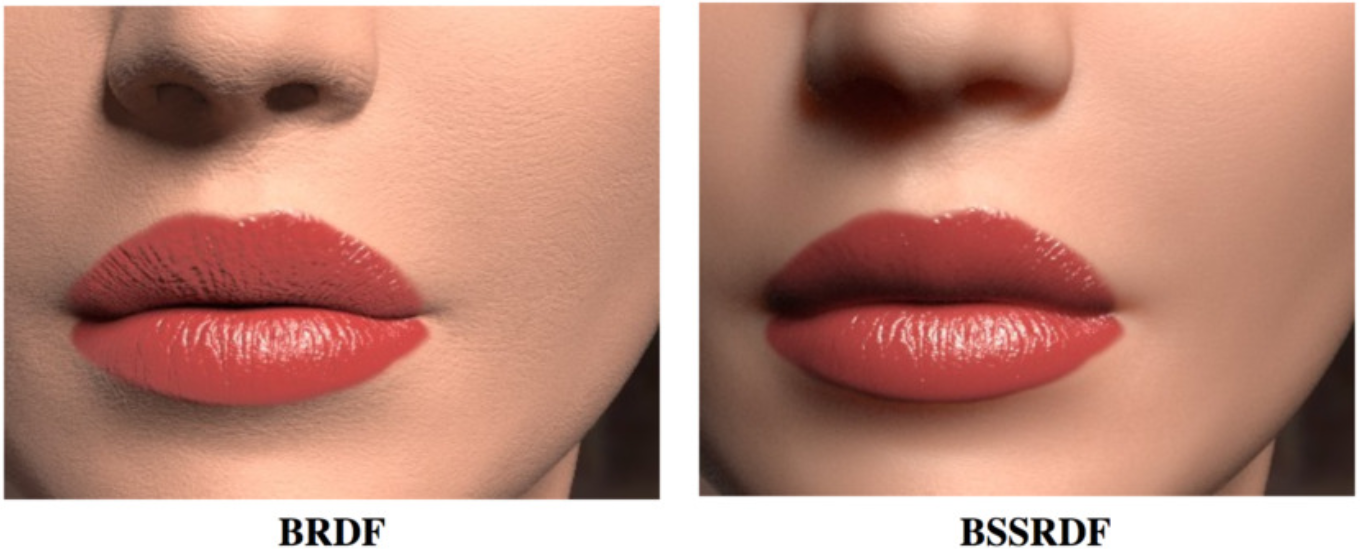
Here is the seminal 2001 paper with a dipole approximation. Newer methods have greatly improved on this, but it’s a good place to start. This has lots of complicated math, but once you understand what it is trying to do, it will be much easier to implement.
You may want to build your own path tracer or use another framework than our course homework!
Rendering Glints (Difficulty Level: 2.5)
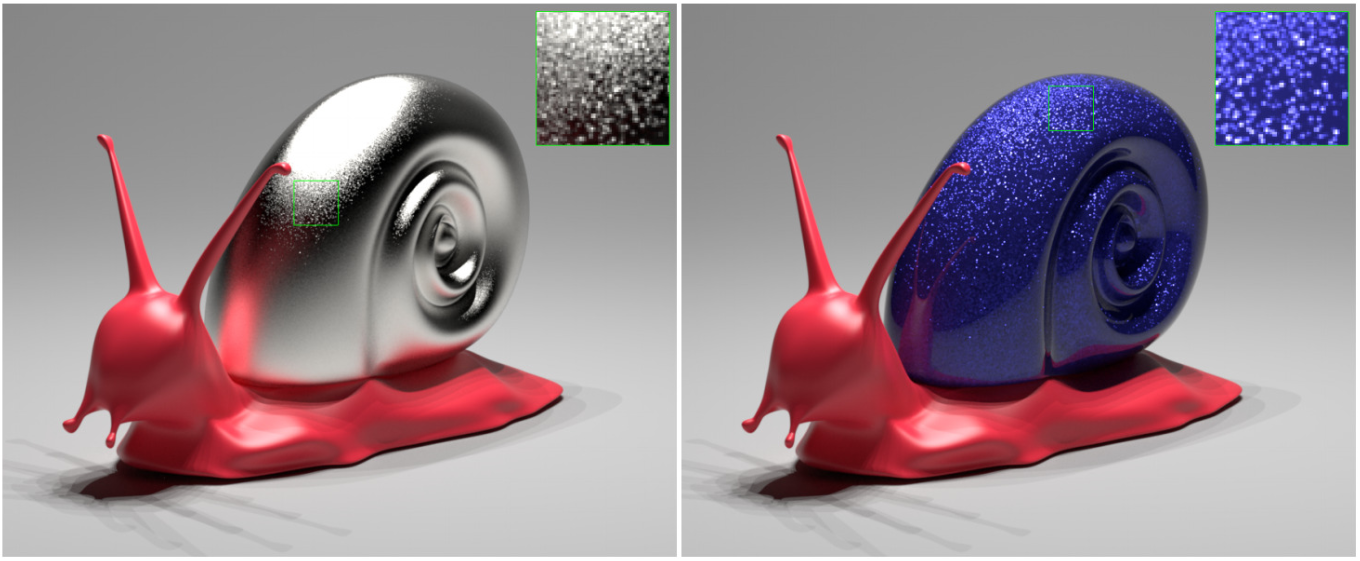
Source: Lingqi Yan
You can add textures to your path tracer too! After that, you can extend the microfacet model to support glints! Checkout Lingqi Yan’s paper for guidance on an implementation of glints using high resolution normal maps. You’re also welcome to implement the stochastic glints model without normal maps. Here is a guide to doing this with ray differentials (a slightly offset ray traced next to your main ray that lets you calculate mipmap levels). You will need it to compute a pixel’s coverage on the texture. You may want to build your own path tracer or use another framework than our course homework!
Iridescent – wavelength dependent path tracing

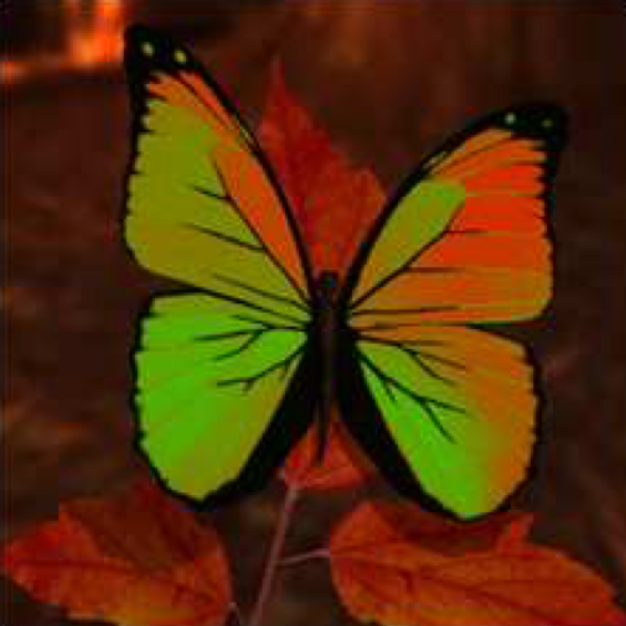
Source: Nigel Morris & Iman Sadeghi
The key feature required for iridescent rendering is to implement interference colors as a spectral representation of light. You can extend your ray tracer / path tracer to handle different wavelengths sampled using the human eye’s spectrum sensitivity distribution (recall the human visual response curves from the color lecture).
This technique allows you to render effects such as thin film (e.g. CD), soap bubbles, peacock / butterfly feathers, etc. Here is a paper about rendering reflectance of soap bubbles. This 1994 paper talks about wavelength dependent reflectance functions.
You may want to build your own path tracer or use another framework than our course homework!
Cloth Rendering (Difficulty Level: 2.0)
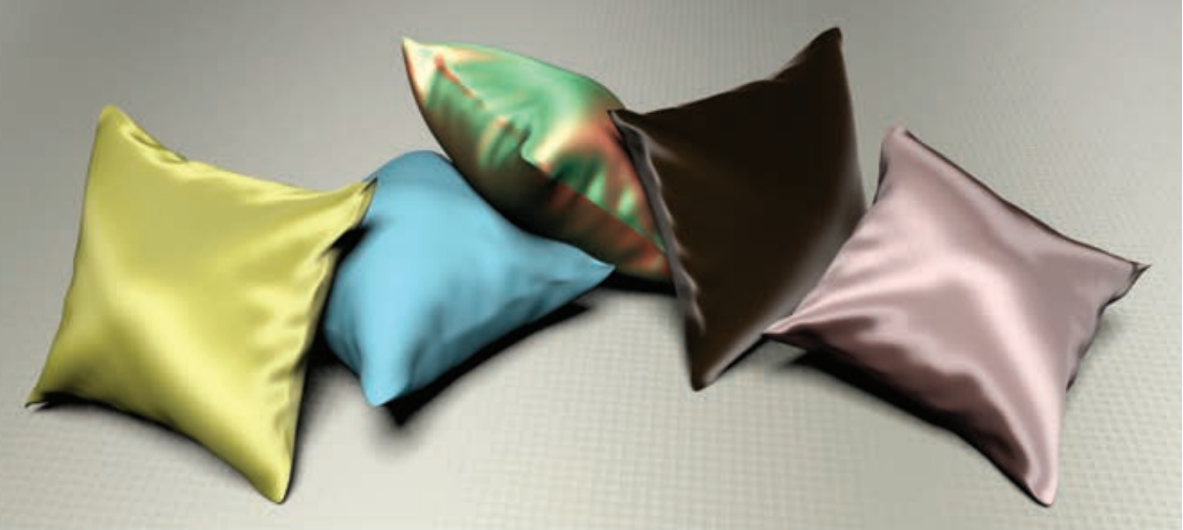
Source: Iman Sadeghi
We know that the cloth can be rendered in three ways: as actual fibers, as participating media and as a surface. Here, we recommend you a simple surface model to render more interesting cloth.
Real-time Graphics
Here are some suggested topics if you’re interested in real-time graphics!
Shaders and Shaders Only (Difficulty Level: 1.5~2.5)
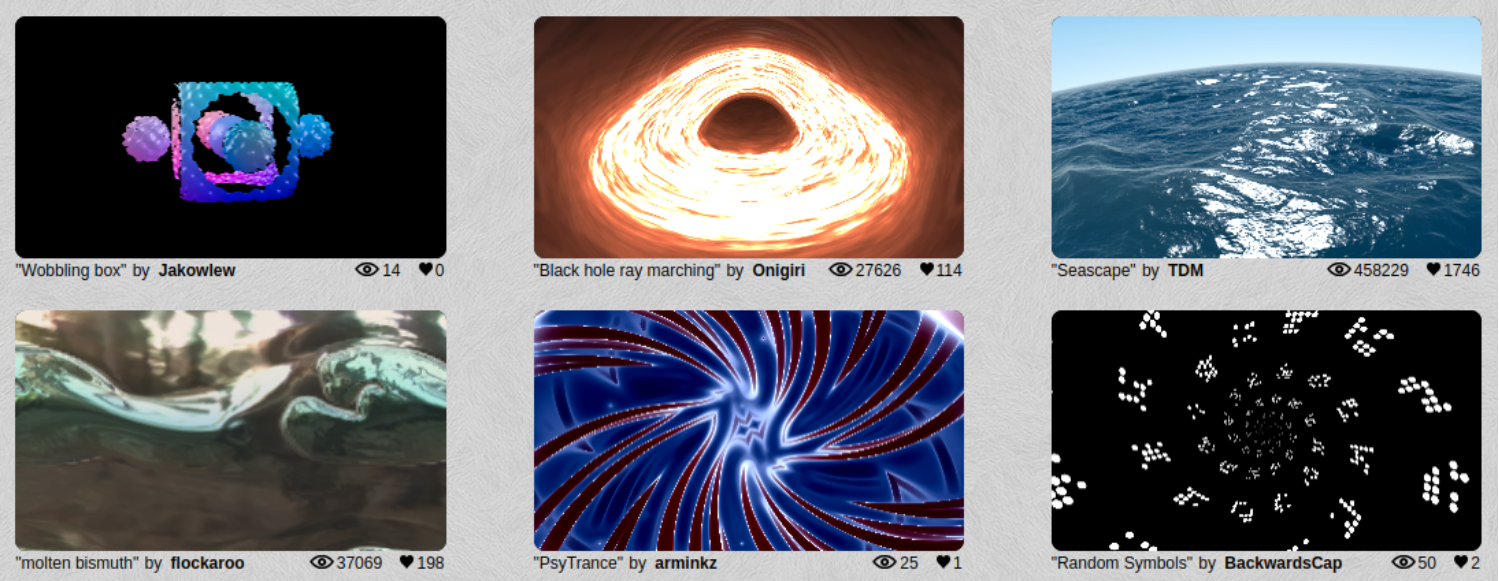
Implement a new collection of shaders, aside from the ones done for Homework 4, Part 5. You can browse ShaderToy.com for some ideas and inspiration – the possibilities are endless!
We recommend you directly work with ShaderToy! You would be surprised how much you can do with just some shader code. (Essentially drawing anything with two triangles!)
Cloth Simulation using GPU shader / CUDA (Difficulty Level: 2.0)
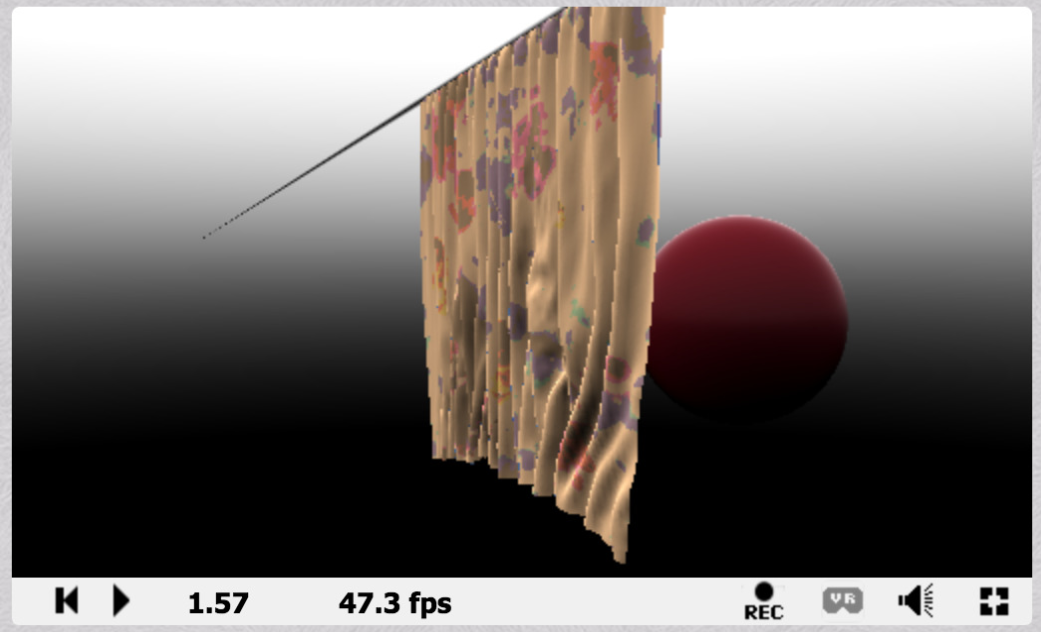
We can extend the CPU cloth simulation onto the GPU using OpenGL / Vulkan / Metal shaders, which are powerful enough to achieve this parallelization without needing to touch CUDA. Here is a ShaderToy demo. With this, we can improve our cloth simulation with better accuracy as well as implement additional features such as accurate self-collision!
GPU path tracer using NVIDIA OptiX (Difficulty Level: 2.0)
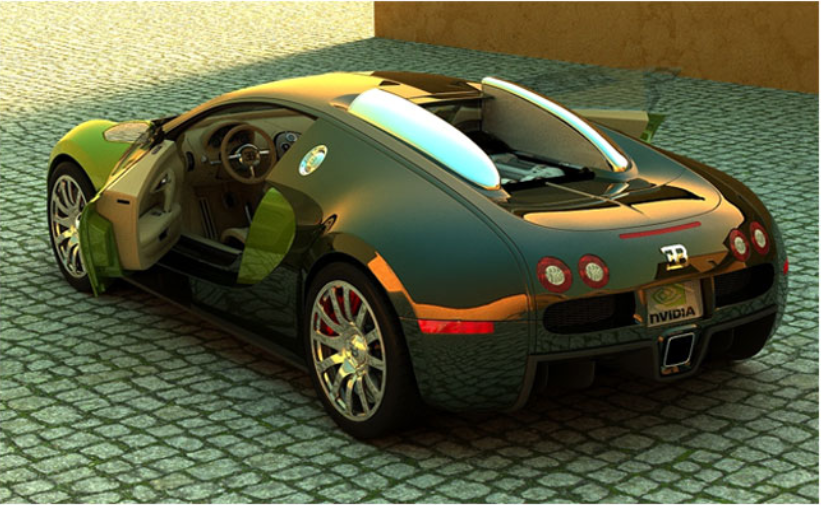
Source: Nvidia
NVIDIA OptiX is a cool set of APIs built on top of CUDA to allow GPU ray tracing. It natively supports efficient BVH construction and ray-triangle intersection. We can write a path tracer on GPU using OptiX to support all effects in homework 3. As a reward, we can expect a 10x speed up!
Visual / Rendering mods for games (Difficulty Level 1.5~3.5)
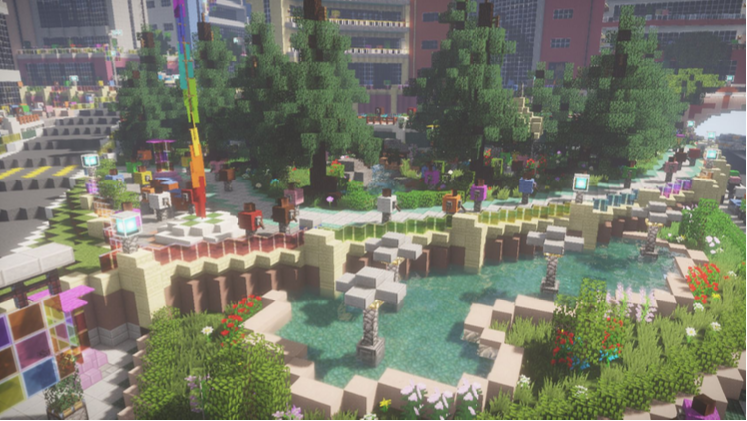
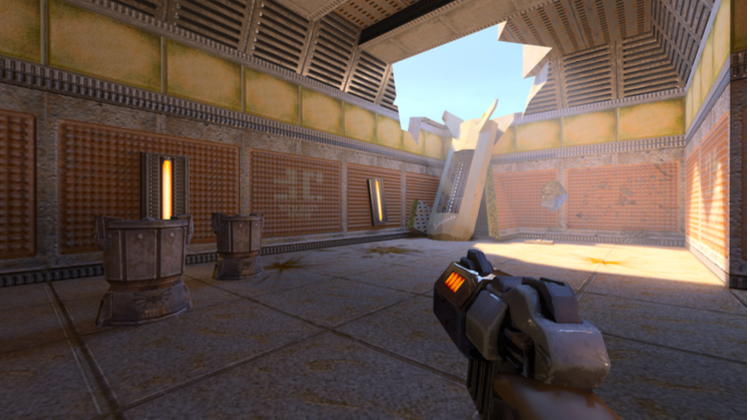
There are mods like Reshade / Minecraft Shaders Mod that can modify and inject shaders programs into existing game engines. There are also people creating remastered graphics for old games like Quake 2! Source: Nvidia
Go creative and use these mods to write your own real time rendering effects for games!
Take a quick search on google and you will see how a well written shaders mod for Minecraft can transform a simplistic game visuals to the next level!
This project can be as simple as adding SSAO for games, or it can be as complex as a fully path-traced visual mods on old games and totally transform the experience.
However this project may get into the weeds a bit since many of these modding tools are very specific to the program they are modding, where documentations and support may be sparse.
Game / Interactive Demo (Difficulty Level: 2.0)
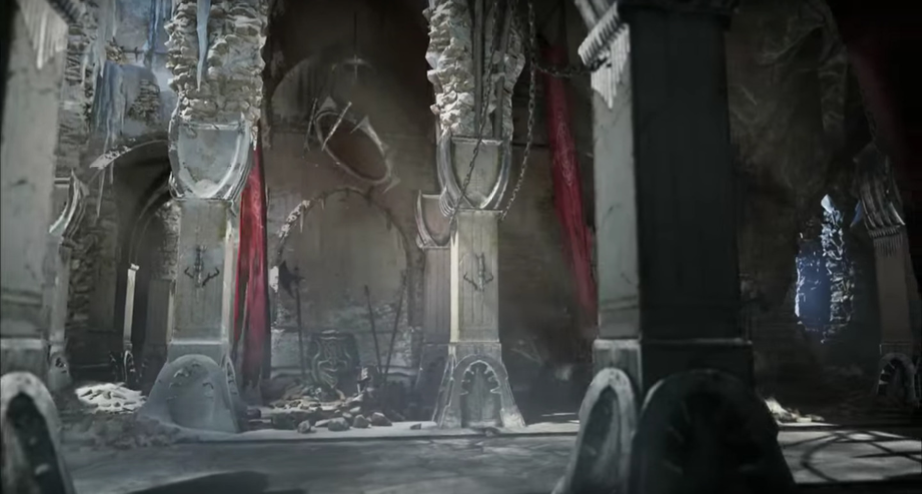
You may wish to build an interactive demo scene, or even a small videogame. You are even free to build on top of existing game engines, as long as you clearly separate out what you build on top. Make sure that your project has a technical graphics component. As with other project ideas, take care to specify what the technical challenges are, and what you will build, in your proposal.
Rasterization
Here is a suggested topic if you’re interested in rasterization!
Font Rendering (2.0)
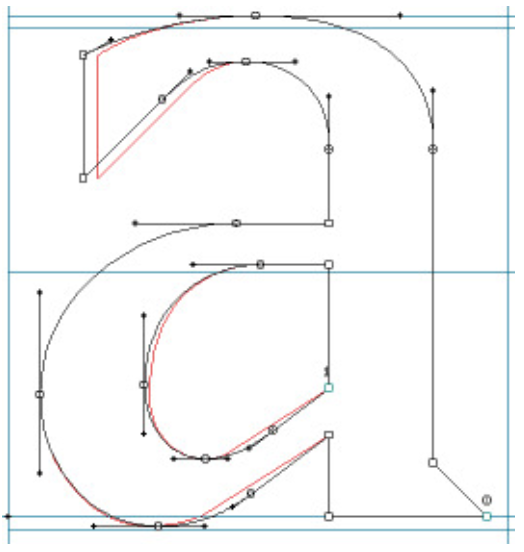
Use a library you find online to load TrueType .tff or OpenType files and write a Bezier curve rasterizer to display them. Consider the challenge of performance, layout, etc. You can also attempt to create a GPU based text rendering system (most text rendering is still done on CPU for commercial programs, only a few projects start to tackle GPU rendering!)
Texture Synthesis
Here is a suggested topic if you’re interested in texture synthesis!
Solid Texture Synthesis (Difficulty Level: 1.5)
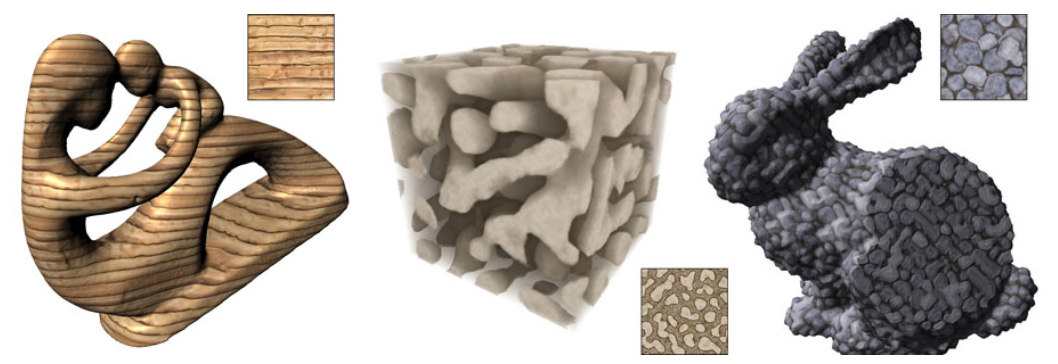
A solid texture is basically a 3D texture - you can think of it as a function that spits out a color value depending on 3D position. In class, we looked at a technique that generates a new 2D texture from an existing 2D texture.
It turns out you can also generate a new solid texture from an existing 2D texture - take a look at the Solid Texture Synthesis from 2D Exemplars paper.
This project requires you to render out the synthesized solid texture, which is volumetric! Consider how to write your own volumetric rendering system, either based on our homeworks or other 3rd party libraries!
Geometry
Here are some suggested topics if you’re interested in geometry!
Consider implementing multiple of these features or add your own twist! These projects are too simple for a 4-person project, so we recommend building upon them as starting points.
Mesh simplification & Remeshing (Difficulty Level: 1.5)
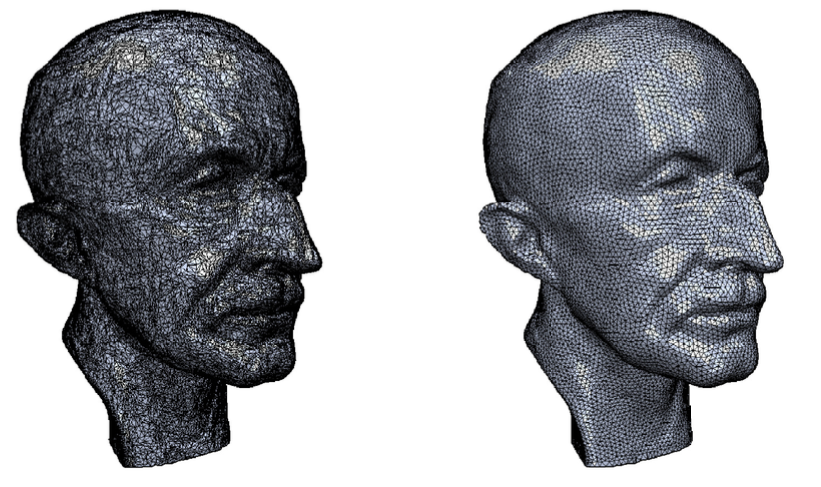
Sometimes a triangular mesh uses far more triangles than needed, wasting storage space and demanding more computation time than necessary. To solve this, we can perform mesh simplification, in which we find areas where fewer triangles can be used and then simplify those areas accordingly. In addition, it is also possible to find a better discrete representation of the same surface. Transforming the mesh into this better representation is called remeshing.
We talked about mesh simplification/triangle decimation in class, but never implemented it in Homework 2.
Point Cloud to Mesh (Difficulty Level: 2.0)
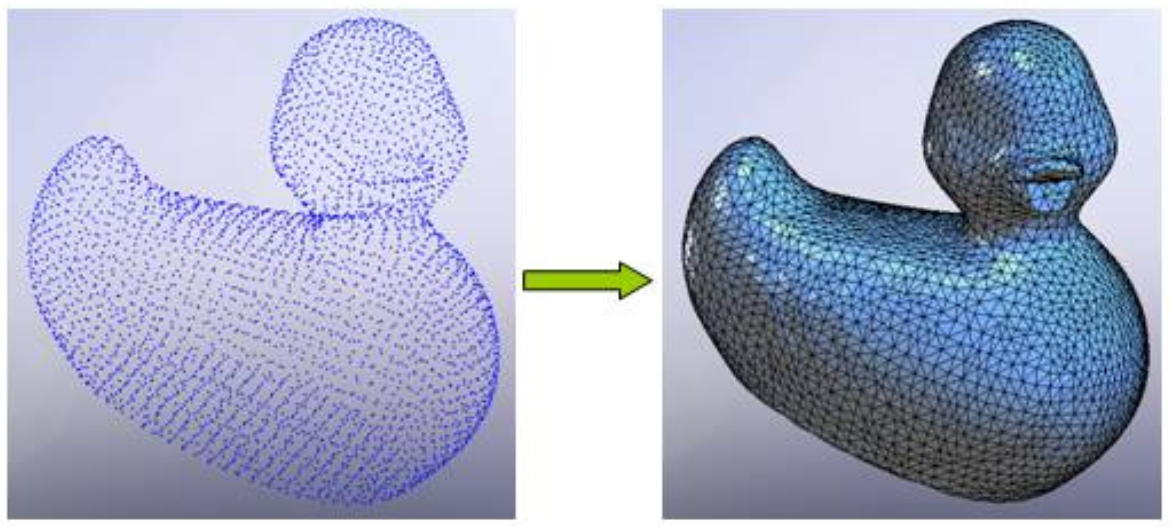
The goal of this project idea is to convert point cloud input data, which are often obtained by 3D scanners, into a mesh representation. The Ball-Pivoting Algorithm for Surface Reconstruction introduces an interesting and easy to understand algorithm that works reasonably well. If you want more of a challenge, you would probably try implementing Poisson Surface Reconstruction. To test your implementation, you can find some 3D mesh models from the Stanford 3D Scanning Repository. Then, you can run your mesh reconstruction algorithm on vertices of the input model. Once you have the reconstructed mesh, you can easily compare it with the original mesh from the model. You could even use a 3D reconstruction algorithm to get point clouds from images you capture, and convert these to meshes!
Alternate Subdivision Schemes (Difficulty Level: 1.5)
In Homework 2, we implemented the Loop Subdivision algorithm, but there are many others.
Try to implement additional subdivision schemes. There exist many alternatives to loop subdivision. Triangle subdivision schemes include the Butterfly scheme, the modified Butterfly scheme, and √3-Subdivision. One of the most popular subdivision schemes for quadrilateral meshes is Catmull-Clark. There are also special subdivision schemes, such as polar subdivision for handling meshes with vertices of high degree.
You can also try adding support for “sharp” edges.
Remeshing/Mesh Regularization (Difficulty Level: 1.5)
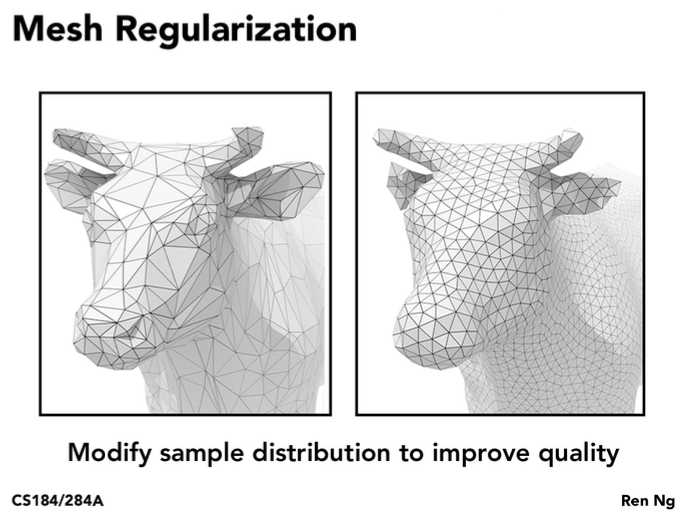
We briefly discussed the benefits to having a “good” triangle mesh, one that is regularized/where the triangles are fairly isotropic.
These slides on remeshing discuss various methods to regularizing meshes. You can try finding an anisotropic triangle mesh online, and applying a regularization algorithm to it.
Imaging and Computational Photography
Here are some suggested topics if you’re interested in imaging and computational photography!
Light field camera support (Difficulty Level: 1.5)
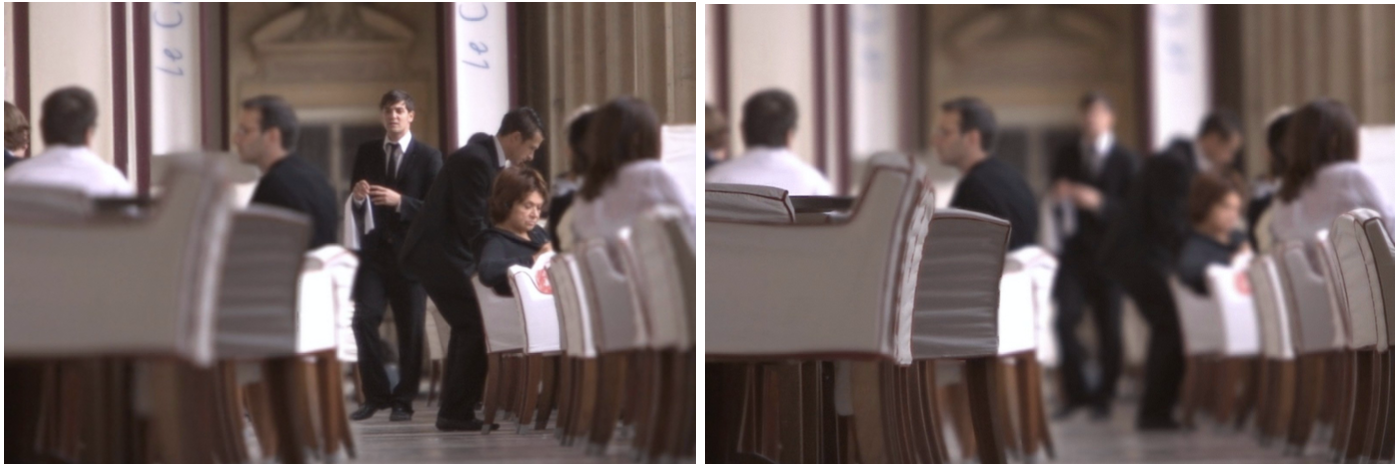
Source: Ren Ng
We often model a pin-hole camera or a thin lens when ray tracing scenes. We can extend it to use a light field camera, where each pixel now becomes a grid recording radiance from different directions. Using this grid, we can then move around the aperture and refocus even after the scene has already been rendered. Render some light field images, and implement a nice GUI to show off your results! Play around with custom aperture shapes for cool looking bokeh! Try rendering light fields through realistic complicated camera lenses!
Take a look at Ren’s technical report talking about the micro-lens system and geometry.
Multi-shot HDR (Difficulty Level: 2.0)
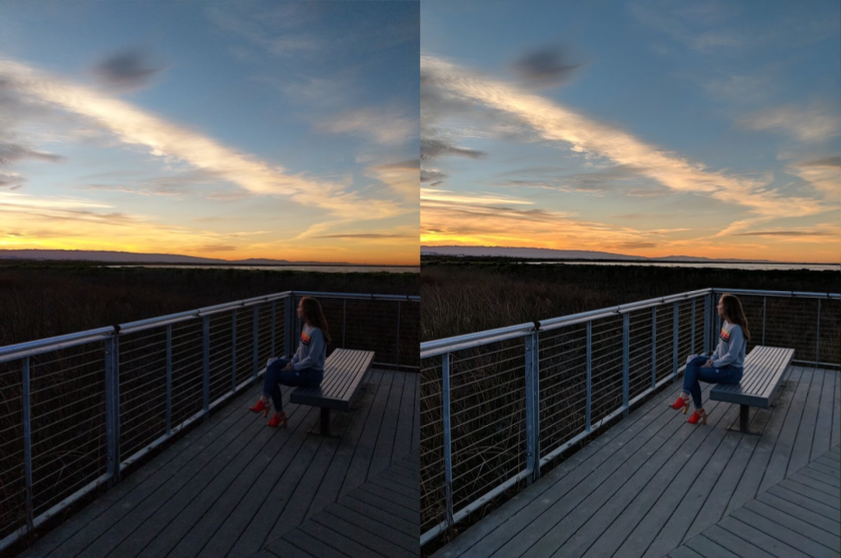
Burst photography for high dynamic range and low-light imaging on mobile cameras describes a novel approach to create HDR images using multiple shots / burst sequence of images and reduce noise at the same time.
There are many other ways to perform this, and if you are a seasoned photographer, you might have used similar features in software like Lightroom before. Now you can attempt to achieve this effect using your own code!
Keep in mind that it’s not acceptable to just submit an CS180 course project for this! You need to go many steps beyond that. Maybe consider auto alignment, machine learning based systems, color constancy / correction, or actually build a system that uses your smartphone burst images.
Animation and Simulation
Here are some suggested topics if you’re interested in animation and simulation!
2D Grid Based Fluid Dynamics Simulation (Difficulty Level: 2.0)
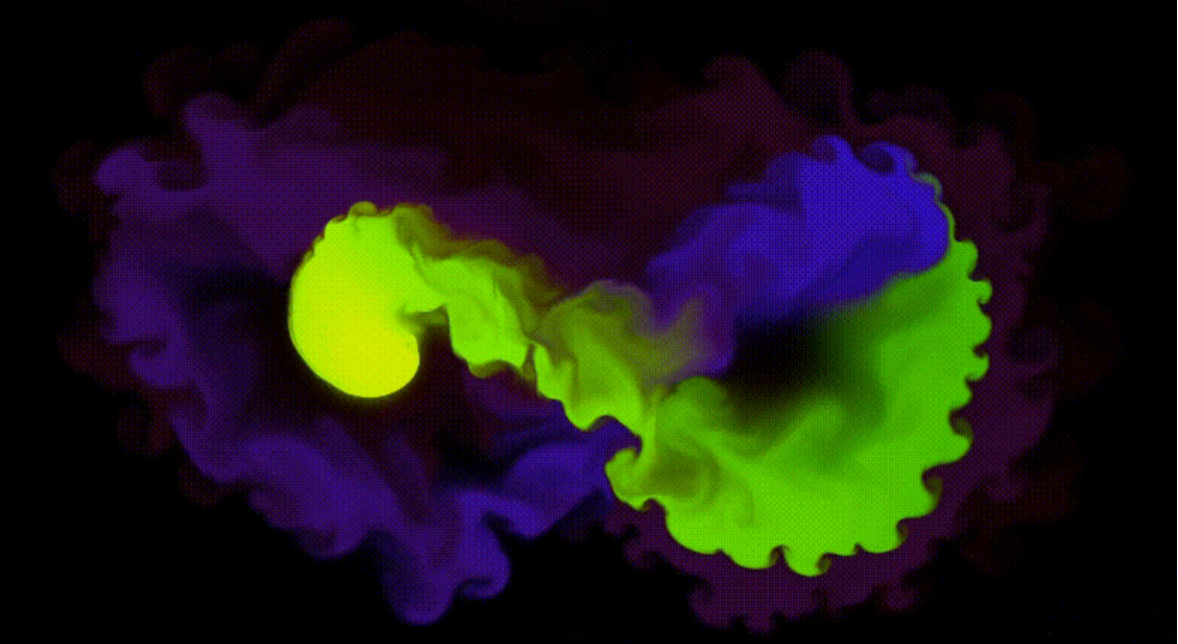
Write a fluid dynamics simulation that estimates the behavior of an incompressible, homogeneous fluid under the Navier-Stokes equations. You can use GLSL fragment shaders to perform the physics calculations on the GPU interactively.
Animation using spatial keyframing (Difficulty Level: 2.0)

Source: Tomer Moscovich and John F. Hughes
Implement a min-version of spatial keyframing. In contrast to temporal keyframe animation, spatial keyframing defines key poses in 3D space where the character lives in. See more animations in action!
Past Projects
A misc. scattering of actual projects done by students in the past.
- Realistic Hair Rendering
- Rendering with Distance Field Microgeometry
- Bi-Directional Path Tracing
- Water Simulation
- Smoke Simulation
Here are some final project showcases from past years: